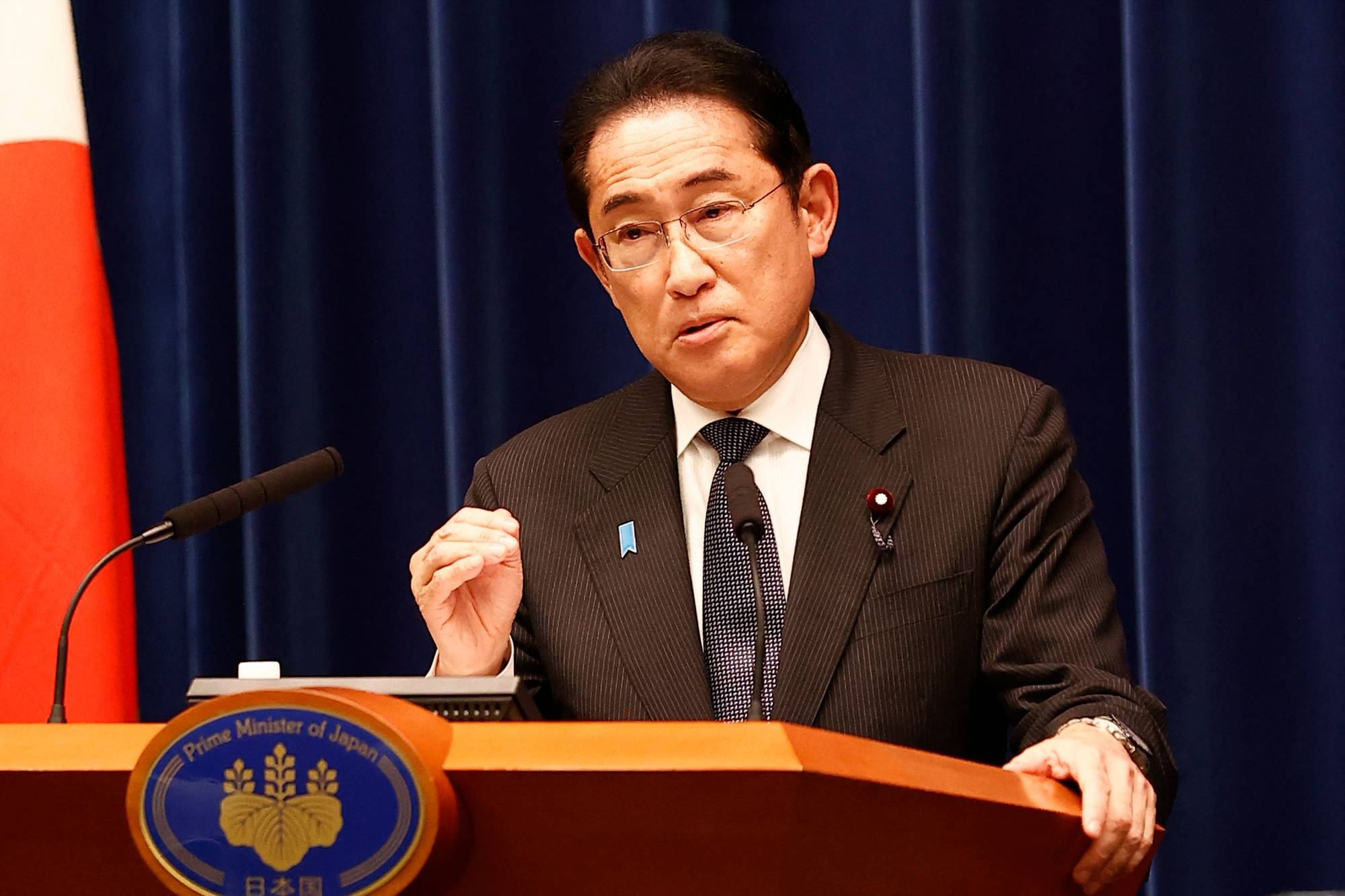Prime Minister Fumio Kishida has clearly identified the principal threats to the nation’s security and prosperity.
In foreign affairs, it is an increasingly dangerous security environment, in particular China’s increasingly aggressive military posture and capabilities and North Korea’s belligerence. On the domestic side of the ledger, it is the demographic pressure created by a falling birthrate and an aging and shrinking population. His Cabinet has developed policies to address sets of challenges and is implementing them.
Unfortunately, the clarity of those assessments has not been matched by a similar vision when it comes to funding. The government has refrained from explaining how it is going to finance the changes needed to boost the country’s birthrate and its national defense. In both cases, the fear of backlash from the public has yielded caution, calls for flexibility and, most worrying, a readiness to delay the hard choices that are required. True leadership rests on a matching of intention with capabilities; a government cannot promise solutions when it does not have the means — the money — to implement them.

















With your current subscription plan you can comment on stories. However, before writing your first comment, please create a display name in the Profile section of your subscriber account page.